
Sohaib Asghar, MBBS, MD, highlights the role of socio-economic factors and demographic disparities in HIV mortality from 1999 to 2023.

Sohaib Asghar, MBBS, MD, highlights the role of socio-economic factors and demographic disparities in HIV mortality from 1999 to 2023.

The Clinical and Laboratory Standards Institute (CLSI) Subcommittee on Antimicrobial Susceptibility Testing had its series of meetings to update breakpoints for a variety of classes of antimicrobials.

An analysis revealed that 29% exhibited reduced susceptibility to reduced vancomycin, underscoring the importance of enhanced monitoring of these strains to inform antibiotic prescribing practices.

Editor-in-Chief Jason Gallagher PharmD, FCCP, FIDP, FIDSA, BCPS discusses this agent as a potential tool for preexposure prophylaxis (PrEP) against HIV infection. And if it is approved, the ability to overcome access issues in low to middle income countries that have a greater need.
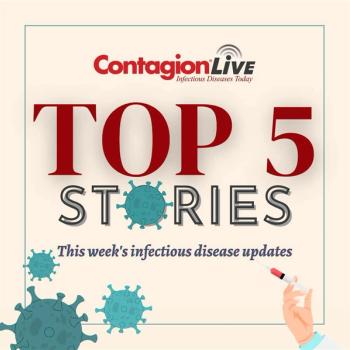
This week, a need for better access to diagnostic technologies for Long COVID, Iterium Therapeutics' discussed their FDA-approved Orlynvah for uncomplicated UTIs, the recent rise in human cases of avian influenza, and more.
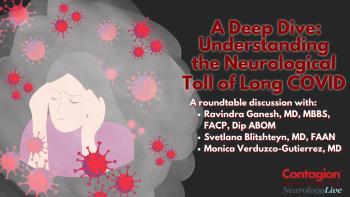
Clinicians discussed the complexities of diagnosing Long COVID, emphasizing the need for improved biomarkers and diagnostic technologies to better serve affected patients.

ID clinicians must be paid for time spent conducting unbillable work for OPAT services.

Buddy Creech, MD, MPH, assures that the interim findings of the study indicate adolescents produced a stronger immune response compared to adults, with minimal adverse effects.

The investigational vaccine amezosvatein demonstrated low reactogenicity, supporting its potential as an alternative for shingles prevention in adults 50 and older.

This systematic review focuses on breakthrough invasive fungal infections (bIFIs) in patients with high-risk hematological cancers, like acute leukemia, or those who have undergone stem cell transplants. Despite prophylactic antifungal treatments (usually with voriconazole or posaconazole), bIFIs remain challenging due to their complexity and high mortality rates.
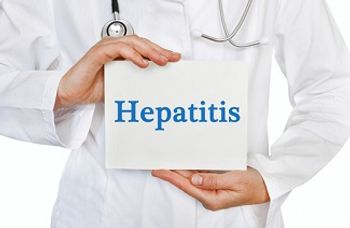
In the second part of their interview, Debika Bhattacharya, MD MSc, and Su H. Wang, MD, MPH, FACP, continue the conversation around the difficulties of getting people into care, and what the new hepatitis B guidelines hope to improve in this area.

Corey Fishman and Steven Aronin, MD, discussed trial highlights of Orlynvah for uncomplicated urinary tract infections and outlining plans to seek partners for a market launch to address antibiotic resistance and enhance patient treatment options.
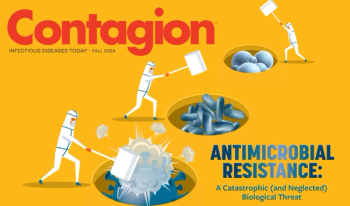
With AMR being a global priority, biosecurity-type policy around resistance may be part of the solution.

The CANOPY Phase 3 clinical trial demonstrated a reduced risk of symptomatic COVID-19, including a 64% reduction during the off-drug follow-up period.
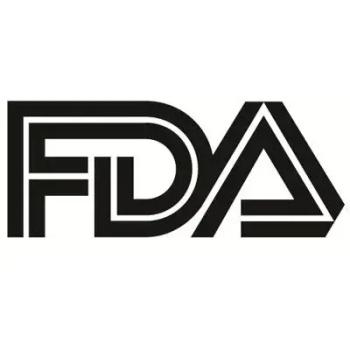
Iterum Therapeutics receives approval for Orlynvah as the first oral penem for treating uncomplicated urinary tract infections in adult women with limited treatment options.

Jose Alexander, MD, offers some insights on the antimicrobial and its activity against various gram-negative pathogens such as pseudomonas, enterobacterales.

Shionogi’s ensitrelvir demonstrated reduction of symptoms in phase 3 trial.

Veterinary and public health officials share the important roles of surveillance and prevention strategies, insights on the virus's transmission pathways, historical context, the One Health approach, and highlights effective precautionary measures to mitigate H5N1 risks.

The clinical stage company, Recursion, dosed its first participant using a novel therapy that is not an antimicrobial.

Ferring presented new real-world data demonstrating that 73.3% of patients reported enhanced physical function and 86.7% experienced better mental well-being.

The significance of antiretroviral therapy (ART) has been a game changer for people living with HIV (PLWH). Still, there are some cardiovascular risks associated with different ART classes—particularly protease inhibitors (PIs), non-nucleoside reverse transcriptase inhibitors (NNRTIs), and integrase strand transfer inhibitors (INSTIs). Authors review a piece in the literature around this area of study.

Reducing the age for pneumococcal vaccination allows more adults to safeguard themselves against pneumococcal disease during a period when their risk of infection significantly rises.

HCV infection was associated with elevated brachial-ankle pulse wave velocity levels in patients with ESRD receiving hemodialysis.

Experts highlighted research showing that even mild COVID can result in cognitive impairment including brain fog and IQ decline, the FDA approved Pfizer's RSV vaccine for adults aged 18 to 59, E coli outbreak linked to McDonald's Quarter Pounders, and more.
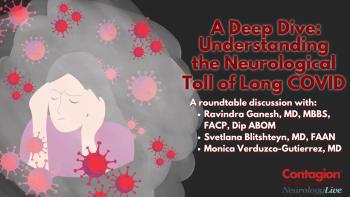
Without a specific tailored Long COVID therapy, individualized treatment based on patient phenotypes, along with extensive evaluations, is essential for effective symptom management.

Links to consumed hamburgers have resulted in 75 infections and one fatality, prompting an investigation of the slivered onions used on these beef patties.

Christine Slover, PharmD discussed cefiderocol's effectiveness against challenging infections, including those caused by multi-drug resistant bacteria.

David Richards emphasized the therapy’s potential to enhance antibiotic effectiveness by targeting bacterial biofilms, a significant challenge in treatment.

This new indication for the bivalent respiratory syncytial virus prefusion F vaccine (Abrysvo) makes it the broadest currently available.
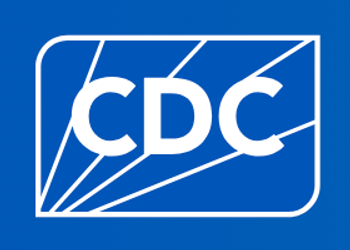
Important vaccine updates, including a second COVID-19 vaccine dose for adults 65 and older and immunocompromised individuals, a pneumococcal vaccine for adults aged 50 and older, and more.